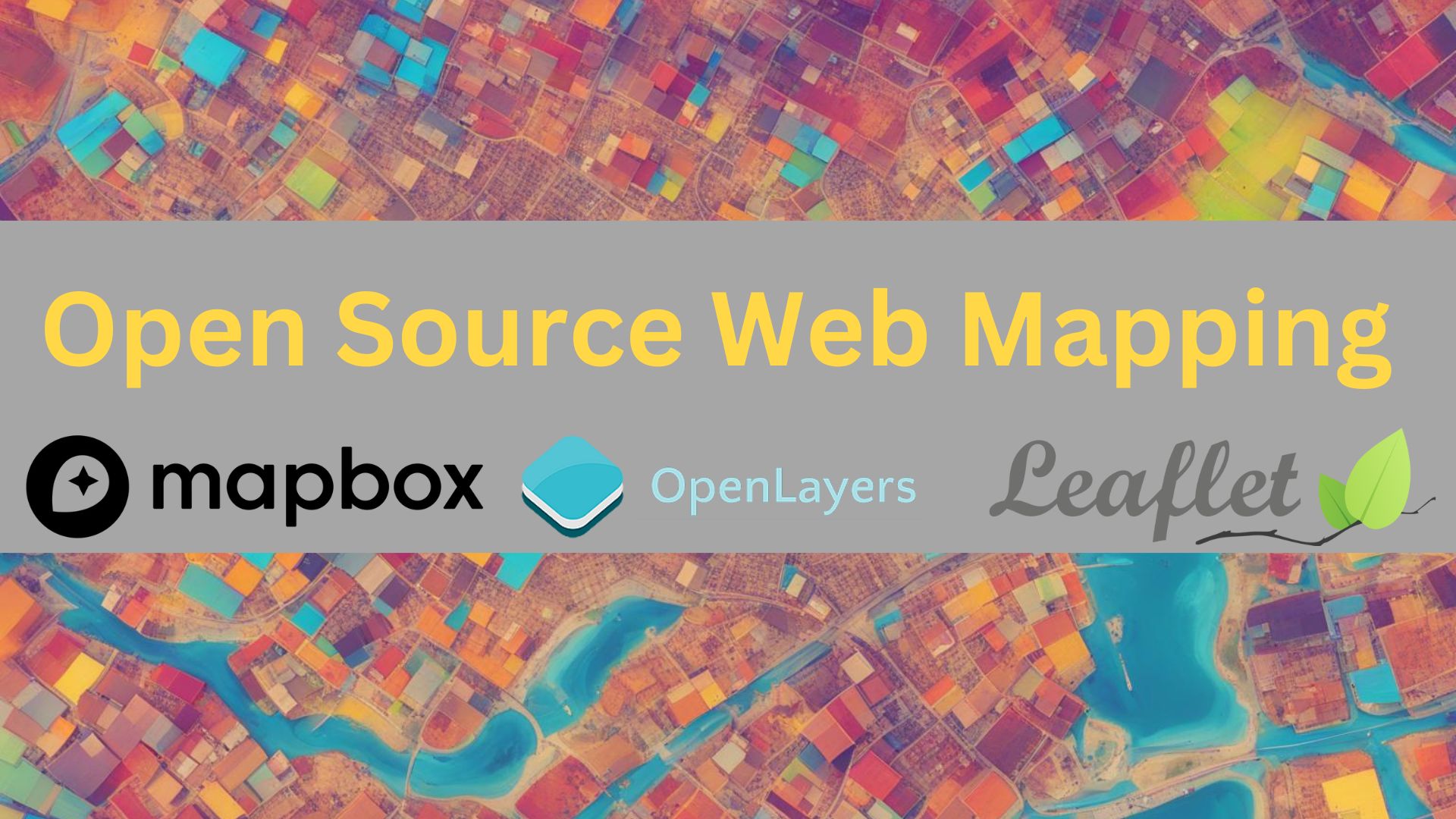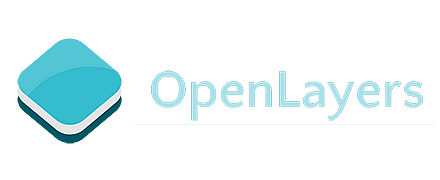
Open Source Web GIS Solutions: Mapbox, OpenLayers, and Leaflet

What is Mapbox?
Mapbox is a widely used web mapping platform that provides developers and businesses with powerful tools to create, customize, and publish interactive maps. It offers a range of APIs, SDKs, and developer tools that empower users to integrate maps and geospatial data into their applications or websites.
Key Features and Aspects of Mapbox
Map Design and Customization
Mapbox Studio
Geocoding and Routing
Data Visualization and Analysis
Integration and SDKs
Mapbox APIs
Scalability and Performance

What is OpenLayers?
OpenLayers is an open-source JavaScript library for building web-based maps and geospatial applications. It provides a powerful set of tools and functionality for displaying, interacting with, and manipulating maps and geographic data. It is widely used in various applications and industries, including environmental monitoring, urban planning, asset tracking, and location-based services. Its open-source nature, rich functionality, and flexibility make it a popular choice for developers who require fine-grained control over their web-based mapping applications.
Key Features and Aspects of OpenLayers
Map Display and Interaction
OpenLayers allows you to display maps with various base layers, including tiled layers, vector layers, and image layers. It supports popular map tile sources like OpenStreetMap, Bing Maps, and MapBox, or you can use your own custom tile sets.
Geospatial Data Visualization
OpenLayers enables you to visualize geospatial data on the map. It supports different data formats, such as GeoJSON, KML, GPX, and WKT, allowing you to display points, lines, polygons, and other geometric features.
Map Interactivity and User Experience
With OpenLayers, you can add interactive elements and functionality to your maps. It provides tools for adding markers, pop-ups, info windows, and tooltips. You can implement click events, hover effects, and interactions on the map.
Integration with Map Servers and APIs
OpenLayers can connect to various map servers and data sources, including Web Map Services (WMS), Web Feature Services (WFS), and tile servers. It also supports integration with external APIs, such as geocoding services.
Geospatial Analysis and Manipulation
OpenLayers offers capabilities for performing geospatial analysis and manipulation directly in the browser. It supports operations like buffering, intersecting, transforming coordinates, and measuring distances and areas.
Customization and Extensibility
OpenLayers provides a flexible and extensible architecture that allows you to customize and extend its functionality. You can create custom map controls, add custom interactions, and define your own map styles and themes.
Cross-Browser Compatibility
OpenLayers is designed to work seamlessly across different web browsers, including Chrome, Firefox, Safari, and Internet Explorer. It ensures consistent map rendering and performance across various platforms and devices.
Community and Documentation
OpenLayers has an active and supportive community of developers who contribute to its development and provide assistance to users.

What is Leaflet?
Leaflet is a popular open-source JavaScript library that allows developers to create interactive and customizable web maps. It provides a lightweight and flexible framework for displaying geospatial data, making it an excellent choice for incorporating maps into web applications. With Leaflet, you can bring your data to life, engage users with interactive features, and create visually appealing maps.
At its core, Leaflet provides the essential functionality for creating and displaying maps. It supports various tile layers, including popular map providers like OpenStreetMap, Mapbox, and Esri. You can easily add base maps as a backdrop for your data visualization.
Leaflet Functionality
Leaflet also offers powerful tools for adding markers, polygons, lines, and other map overlays to represent your geospatial data. These overlays can be styled, labeled, and customized to suit your specific needs.
One of the key features of Leaflet is its interactivity. Users can interact with the map by panning, zooming, and clicking on map features. Leaflet provides events and methods to handle user interactions, allowing you to respond to user actions and trigger custom behaviors.
For example, you can show pop-ups with additional information when a user clicks on a marker or highlights features when the mouse hovers over them.
In day-to-day use, Leaflet can be employed in various scenarios such as Data Visualization, Location based Services, Geospatial analysis, storytelling and narrative maps.
Why Leaflet is a Great Tool?
Leaflet's simplicity, flexibility, and extensive documentation make it a popular choice for web mapping. Its active community ensures continuous development and support, with regular updates and new plugins being contributed.
